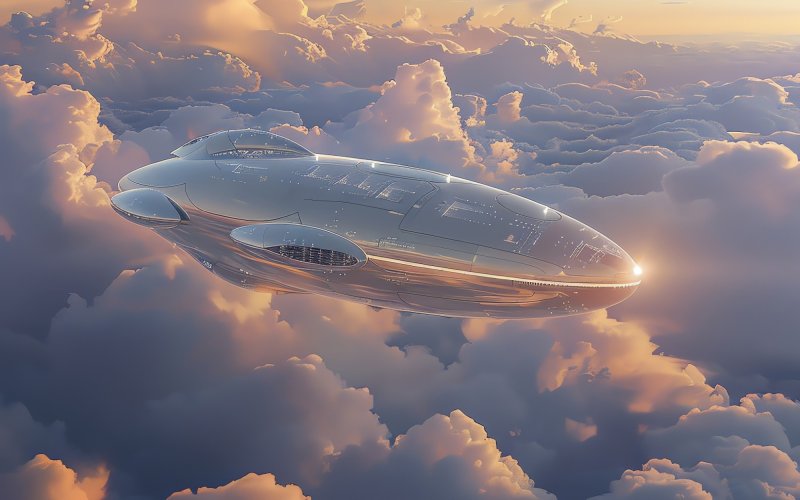At the carnival, we can buy helium-filled balloons that float because helium is lighter than air. If hydrogen balloons were available, they’d be even lighter, but hydrogen is explosive, so it’s not used for balloons or airships. Could there be something that’s even lighter than hydrogen?
Hydrogen is the lightest element in the known universe. It consists of just one proton orbited by a single electron. It would seem, therefore, that nothing could be lighter.
Theoretically, it would be possible to create an artificial element from subatomic particles, for example muonium. In it, an electron orbits an antimuon instead of a proton, making it lighter than ordinary hydrogen. However, its production is complex, expensive and, because it is an unstable element, it would decay before we could fill it into a balloon. But a muon balloon would certainly be lighter than a hydrogen balloon.
Although it seems that we can't pump anything lighter than hydrogen into a balloon, we can still pump something in, and that something is nothing. Vacuum.
The fact that the balloon rises up in the air is due to the fact that the balloon together with its contents are lighter than the air that would otherwise be in place of the balloon. The buoyant force on the balloon is similar to that on a cork submerged under water. The less there is inside the balloon, the better it will rise. If there’s nothing, or a vacuum, it will rise best.
Vacuum has one major disadvantage over hydrogen. The gas in the balloon has the same pressure as the surrounding air. It pushes against the balloon walls, keeping them taut. Vacuum, however, exerts no such force, and the atmosphere outside the balloon is pushing on it from all sides at a force of 10 tonnes per square metre. If the atmospheric pressure manages to squeeze the balloon, it will no longer be lighter than air, and therefore the squeezing, or implosion, must be prevented.
The walls of the balloon must be made of a strong material, like the walls of a deep-sea submarine, to withstand the forces of the atmosphere. With current technology, the walls would be so heavy that the vacuum balloon as a whole would no longer float. It would take some new, as yet un-invented super-strong and super-light material that could safely enclose the vacuum bubble. The vacuum balloon could then easily be lighter than one filled with hydrogen. But helium-filled balloons are safer and far simpler to construct.
Want to ask something?
Send us an e-mail with the subject “Physics mysteries” to the address:
We can't wait to tackle your interesting questions!





